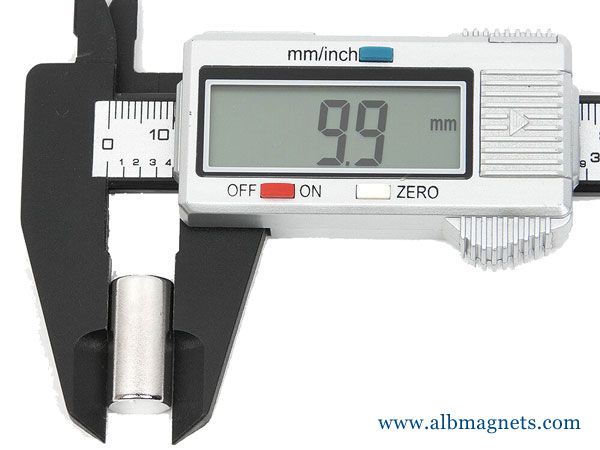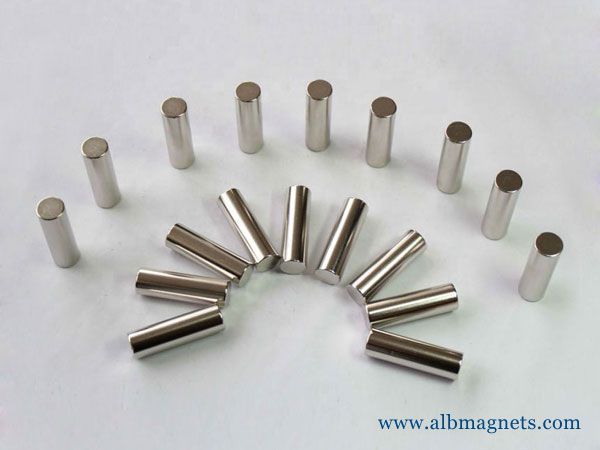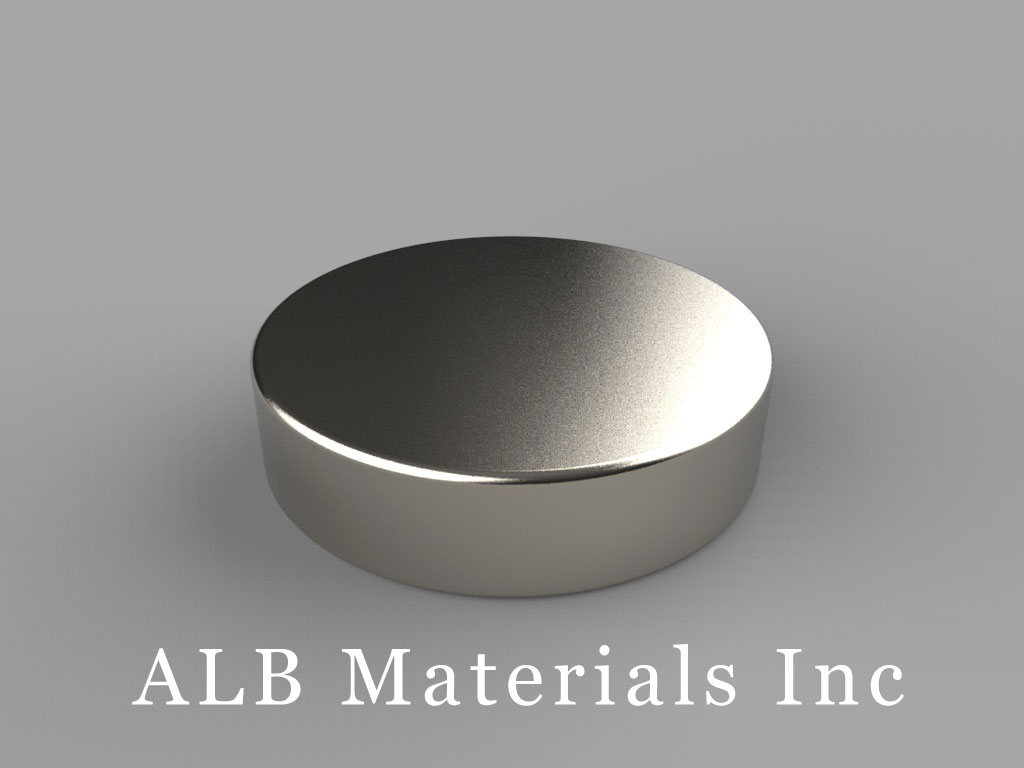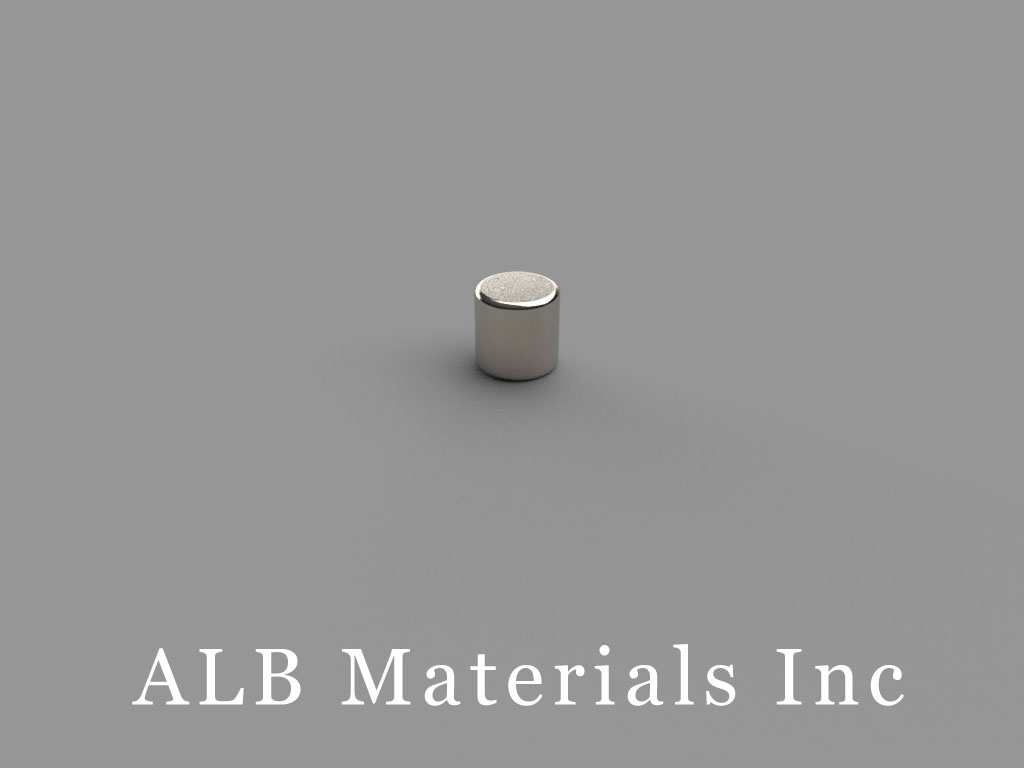401 Ryland St. Ste 200-A,
Reno, NV 89502
United States
E-mail: sales@albmaterials.com
- BX8C1 Neodymium Magnets, 1 1/2 inch x 3/4 inch x 1/16 inch thick
- S8 Neodymium Magnets, 1/2 inch diameter
- R-OD15H3ID9-N52 Neodymium Magnet, OD15xID9x3mm Ring Magnet
- D7x1mm Neodymium Magnet, 7 x 1mm Disc Magnet
- B-W5H5L10-N45 Neodymium Magnet, 10x5x5mm Block Magnet
- DY8E Neodymium Magnets, 2 1/2 inch dia. x 7/8 inch thick
- B12x4x2mm Neodymium Magnet, 12 x 4 x 2mm Block Magnet
- RE22CS-P Neodymium Magnets, 7/8 inch od x 1/8 inch thick with countersunk hole for #8 screw
- B40x10x10mm Neodymium Magnet, 40 x 10 x 10mm Block Magnet
- DY88 Neodymium Magnets, 2 1/2 inch dia. x 1/2 inch thick
- B-W2.8H5.7L8.8-N50 Neodymium Magnet, 8.8x2.8x5.7mm Block Magnet
- BX084 Neodymium Magnets, 1 inch x 1/2 inch x 1/4 inch thick
- R-OD60H40ID12/6-N45 Neodymium Magnet, OD60xID12x40mm with countersunk hole d12/6 Ring Magnet
- B-W6.35H3.175L50.8-N42 Neodymium Magnet, 50.8x6.35x3.175mm Block Magnet
- D-D15H5-N42 Neodymium Magnet, 15x5mm Disc Magnet
- C-D17.2H33.05-N50 Neodymium Magnet, 17.2x33.05mm Cylinder Magnet
Bar Magnet Uses
bar magnet uses
4 Uses for Bar Magnets
Neodymium bar magnets are one of the most common shapes of magnets, being used in experiments and everyday items regularly! Bar magnets range in size, from 1/2”x1/8”x1/8” to 2”x1”x1”, and in full force, from 0.95 pounds to 90.28 pounds per magnet.
What makes them different than other Apex magnets products is that they are magnetized through the length of their body.
In addition, the poles are on each end with the weakest part of the magnet in the middle, meaning that they may not be as successful in holding onto a magnetic surface.
Demonstrating a Magnetic Field
Using a bar magnet, under adult supervision, can help students better visualize and understand magnetism by physically showing them where a magnetic field is.
This type of demonstration is simple--place a bar magnet under a piece of white paper and spread metal shavings over top (with caution).
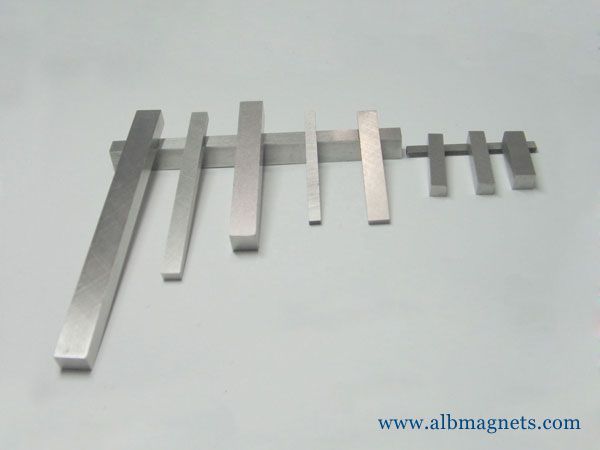
This will immediately show where the bar magnet’s magnetic field is by seeing where the shavings disperse.
Experimenting with Magnetic Fields
Once you’ve demonstrated a magnetic field, further experiment by creating a hollow pyramid with a ring magnet and a bar magnet.
The three experiments described in this previous blog demonstrate how magnetic fields interact with each other based on their proximity and strength.
Different magnets will yield different results, so you may want to get a few different sizes of bar magnets and ring magnets to swap out and test!
Magnetizing Metal Objects
With only three items, a bar magnet, a steel object (such as a screwdriver or sewing needle), and a paper clip, you can turn a regular piece of steel or another type of metal into a magnet.
How does it work? When a magnet rubs against a metal object, it causes the electrons in the object to align, resulting in magnetism.
This isn’t a permanent change, but the magnetism will hold for a while.
In order to demagnetize your steel object, just hit the object on a surface.
The impact causes the electrons to lose their magnetic alignment!
Breathing New Life into Childhood Toys
Still, holding onto the Matchbox cars from your youth, but aren’t sure why? Maybe you were waiting for the right project to come along! This simple DIY project uses bar magnets and horseshoe magnets to give your toy cars a magnetic upgrade.
All you have to do is attach a bar magnet to each car and “drive” them around with a horseshoe magnet hovering above! To add a little more dimension to your project, consider purchasing a few different kinds of magnets--from ring magnets to cube magnets --and seeing what happens when you swap out your bar magnets on the car or the horseshoe “controller” magnet!
Let Apex Magnets Help You on Your Next Project
If you’re looking to use bar magnets to demonstrate or experiment with magnetism, we’re here to help.
You can find 1/2”x1/4”x1/4” bars, 1/4”x1/4”1/4” bars, and other popular bar magnets on our website, as well as by calling us to help you find the right magnet for your project!
What is a magnetic field?
Photo: A colorful way to visualize invisible magnetic fields using a computer graphics program developed at Los Alamos National Laboratory.
In this three-dimensional chart, the height and color of the peaks show the strength of the magnetic field at each point.
Photo by courtesy of US Department of Energy.
Suppose you put a bar magnet (shaped like a rectangle, sometimes with the north and south poles painted different colors) or a horseshoe magnet (bent round into a tight U-shape) onto a table and place an iron nail nearby.
If you push the magnet slowly toward the nail, there will come a point when the nail jumps across and sticks to the magnet.
That's what we mean by magnets having an invisible magnetic field that extends all around them.
Another way of describing this is to say that a magnet can "act at a distance": it can cause a pushing or pulling force on other objects it isn't actually touching).
Magnetic fields can penetrate through all kinds of materials, not just air.
You probably have little notes stuck to the door of your refrigerator with brightly colored magnets—so you can see that magnetic fields cut through paper.
You may have done the trick where you use a magnet to pick up a long chain of paperclips, with each clip magnetizing the next one along.
That little experiment tells us that a magnetic field can penetrate through magnetic materials such as iron.
What is magnetism?
The magnetic field between the opposite poles of two bar magnets that strongly attract one another.
We can't normally see magnetic fields, but if you sprinkle iron filings (tiny bits shaved off an iron bar with a file) onto a piece of paper and hold it above the magnets you can see the field underneath.
Playing with magnets is one of the first bits of science most children discover.
That's because magnets are easy to use, safe, and fun.
They're also quite surprising.
Remember when you first discovered that two magnets could snap together and stick like glue? Remember the force when you held two magnets close and felt them either attract (pull toward one another) or repel (push away)? One of the most amazing things about magnets is the way they can attract other magnets (or other magnetic materials) "at a distance," invisibly, through what we call a magnetic field.
To ancient people, magnetism must have seemed like magic.
Thousands of years down the line, we understand what happens inside magnetic materials, how their atomic structure causes their magnetic properties, and how electricity and magnetism are really just two sides of the same coin: electromagnetism.
Once scientists would have said magnetism was the strange, invisible force of attraction between certain materials;
today, we're more likely to define it as a force created by electric currents (themselves caused by moving electrons).
SIX things to know about magnets
Almost everyone knows these six basic facts about how magnets behave:
A magnet has two ends called poles, one of which is called a north pole or north-seeking pole, while the other is called a south pole or south-seeking pole.
The north pole of one magnet attracts the south pole of a second magnet, while the north pole of one magnet repels the other magnet's north pole.
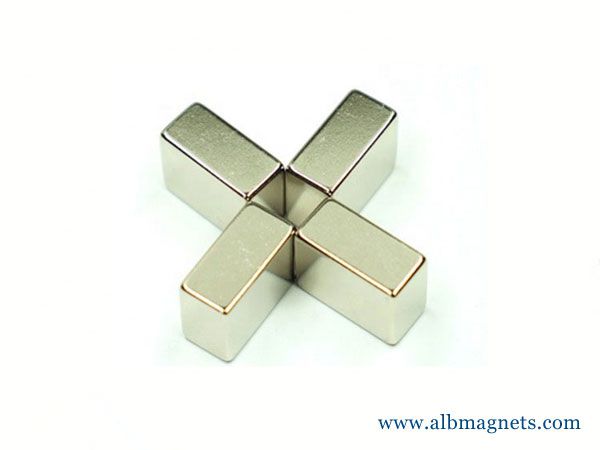
So we have the common saying: like poles repel, unlike poles attract.
A magnet creates an invisible area of magnetism all around it called a magnetic field.
The north pole of a magnet points roughly toward Earth's north pole and vice-versa.
That's because Earth itself contains magnetic materials and behaves like a gigantic magnet.
If you cut a bar magnet in half, you get two brand new, smaller magnets, each with its own north and south pole.
If you run a magnet a few times over an unmagnetized piece of a magnetic material (such as an iron nail), you can convert it into a magnet as well.
This is called the magnetization.
Part of the content in this article is reproduced from other media for the purpose of transmitting more information and does not mean that this website agrees with its views or confirms the authenticity of its content. It shall not bear direct responsibility and joint liability for the infringement of such works.
If there is any infringement, bad information, error correction, and other issues in the content of this page, please contact us at info@albmaterials.com
Link to this article: https://www.albmagnets.com/blog/bar-magnet-uses.html
How to choose and buy a strong neodymium magnet? ALBMagnets is a professional company for strong magnet design and manufacturing,
providing you with reliable N35, N38, N42, N52, N42SH and other grade super neodymium magnets and SmCo rare earth magnets.





